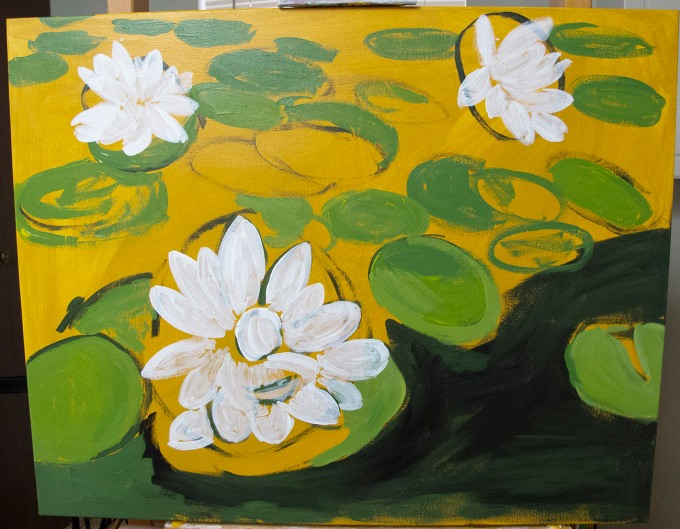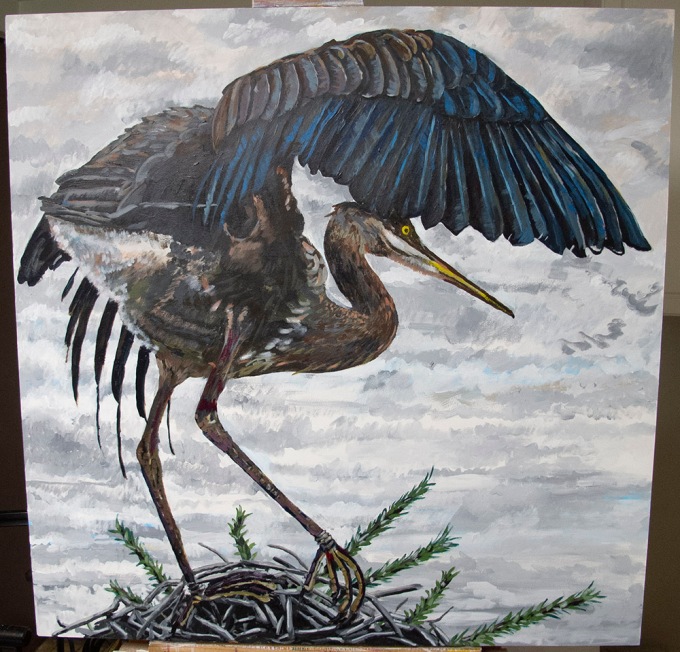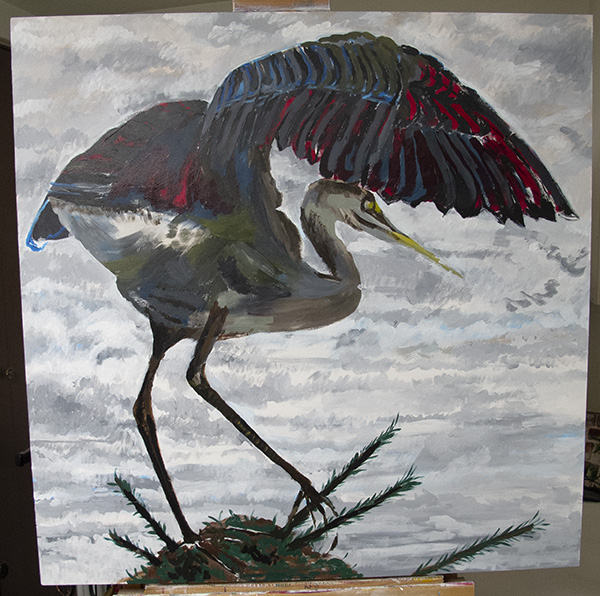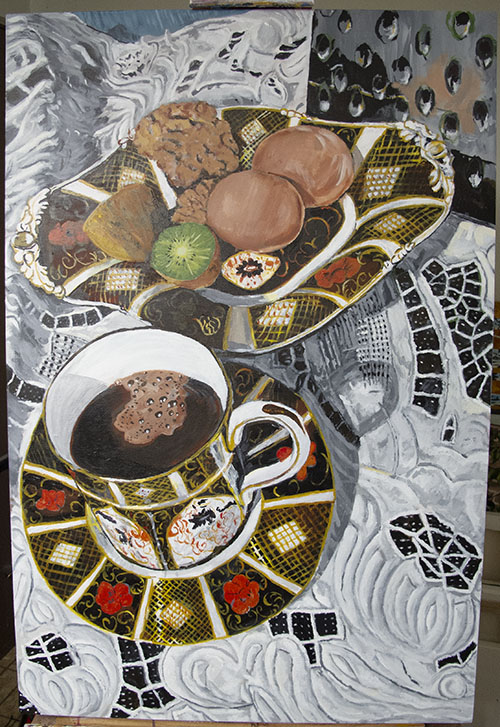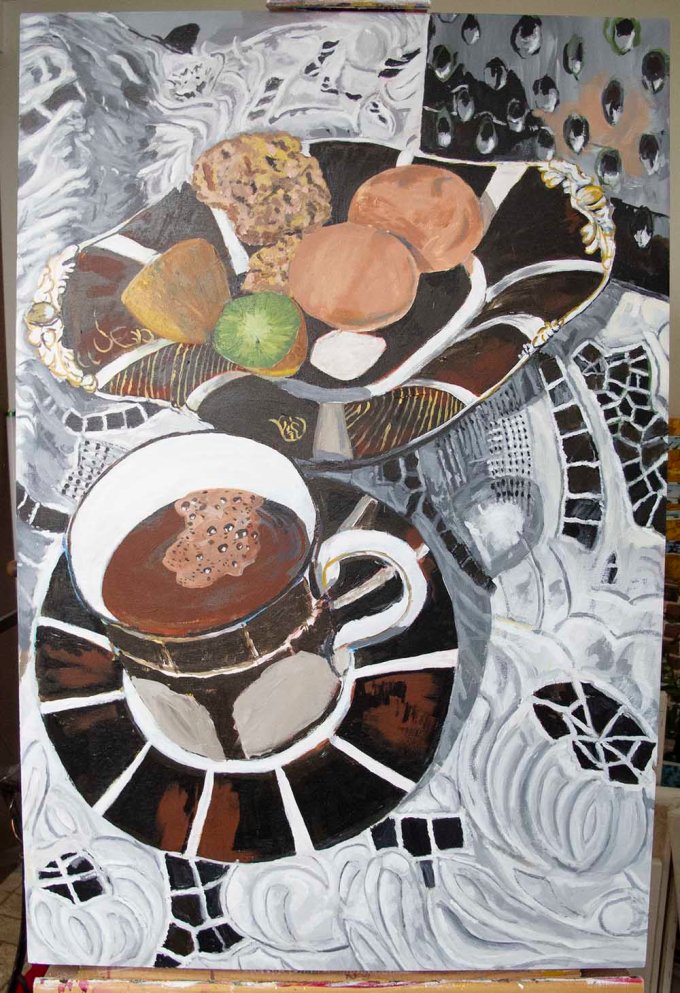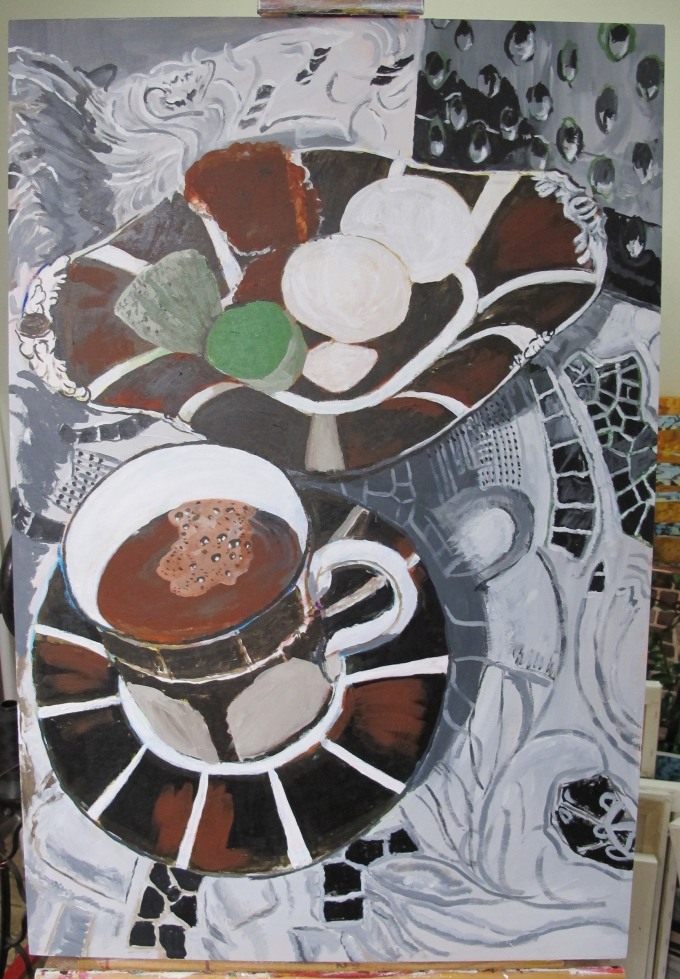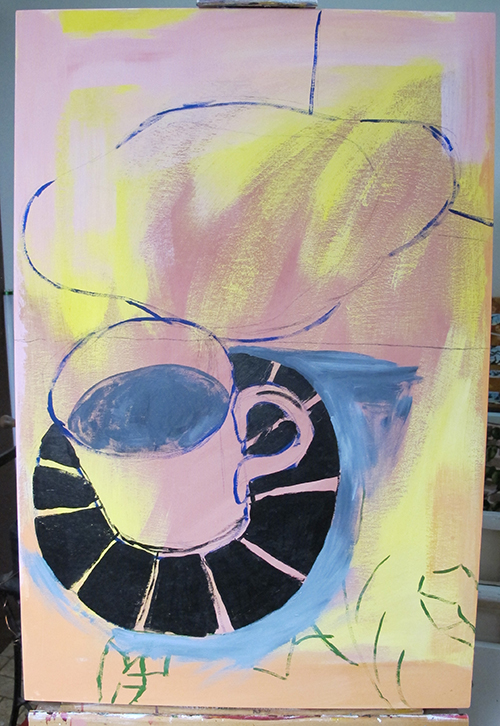First you need to be clear what exactly I mean by stolen. Artists copy all the time. It was and is common for an artist to sit in a museum and copy the works of other artists. This is not forgery it is how artists learn. It is possible that another artist can inadvertently copy something another artist has just created.
A forgery is a bit different since there is no illusion about inadvertent copying. Many successful forgers don’t copy existing works from other artists; they make up new works that the intended artist might have done. The problem then is replicating the artists style. Forgery happens when the original artists name is put on the artwork with the intent of selling it for more money. This does not mean that a forger will not copy an existing work, it’s just a matter of what is easiest, what the forger is capable of and what the forger thinks is less likely to get him or her imprisoned.
Now with cameras, and Photoshop, so widespread, it is becoming difficult to tell if any part of an image is copied or not. I’ve seen collages that are clearly made up of other works by different artists but the new work can still stand out as better than the original. I make it a point to paint from reality (or original photographs) I try very hard not to copy anything from a drawing or painting. I’m convinced that a couple of my paintings are copies, at least in part, but I just can’t remember the earlier work or where I saw it.
It’s one thing if an artwork is actually stolen, since there is a physical thing but it’s another if it’s an idea that has been copied. It’s easier to prove that a physical thing was taken but its quite another if you are talking about intellectual property theft. I think that if you put another artists signature on a work with the intent of getting more money then that is clearly forgery. It gets murkier with older paintings because at one time artists were not in the habit of signing their work and in some cultures, there is no tradition of signing art. In some cultures, even the idea of a signature is foreign and elusive.
If the intent is simply money then I would advise don’t do it. However, if you simply want to make art then do it in your own way and the copy accusers be damned.
